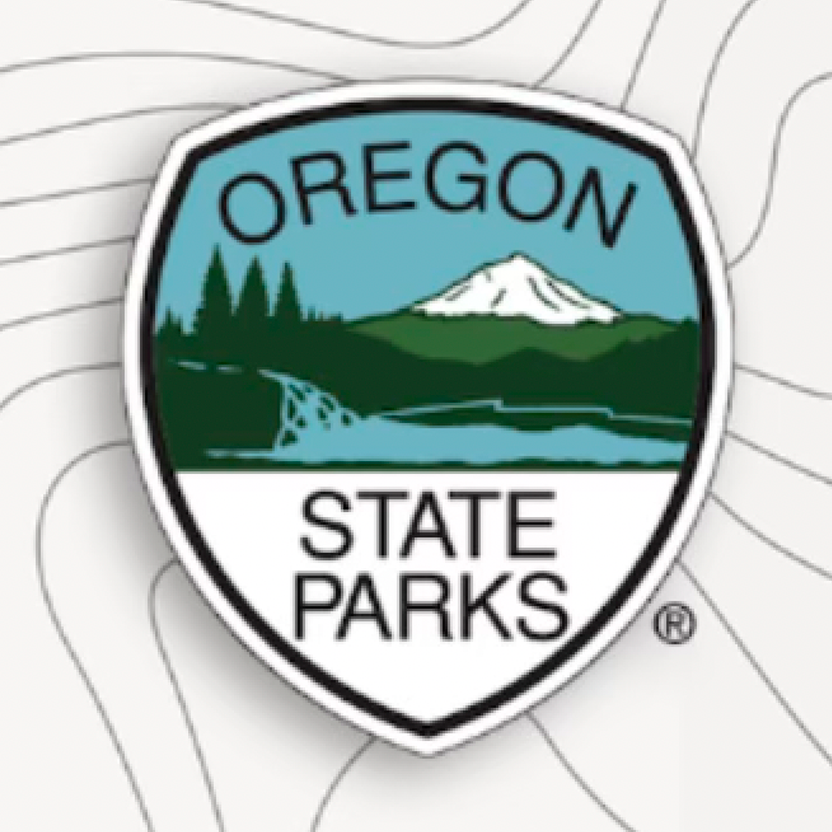Article:
3 Trends Shaping Parks and Recreation Websites
Categories
Accessibility-first design, human-centered partners, and change management are transforming parks websites.

Your website should feel as welcoming as the parks themselves. Whether your community is booking campsites, finding accessible trails, or securing permits, the experience needs to be seamless. At Anthro-Tech, we help parks and recreation teams design websites that are accessible, human-centered, and embraced by staff. Here are 3 trends that will power your website projects.
Trend 1: Making Accessibility Non-Negotiable
With 1 in 4 people in the U.S. living with a disability, you can’t afford to exclude potential users. Accessibility doesn’t just help those with disabilities; it promotes inclusivity, increases engagement, and reduces frustration for everyone. Plus, it keeps your agency compliant with Web Content Accessibility Guidelines (WCAG) and avoids legal risk.

Success Story
Washington State Parks embraced inclusive design during their recent website overhaul. The updated “Find a Park” tool now allows users to filter by features like accessible restrooms or trails, helping every visitor feel seen and supported. Read about their Global Accessibility Awareness Day (GAADY) Award win.
How This Helps Your Bottom Line
Accessible websites reduce support requests, increase community engagement, and protect your agency from compliance risks. Plus, they show your community that you’re committed to serving all of them—and that’s priceless.
Trend 2: Selecting Human-Centered Vendors
Building a website is a major investment in technology and strategy. Choosing the right vendor is critical, as the wrong one can cause usability issues, scalability challenges, and systems that don't meet your needs. When staff and users are involved in reviewing vendors, the technology is more likely to meet real-world needs—improving adoption and long-term success.
Success Story

The Oregon Parks and Recreation Department worked with us to develop a scalable process for selecting human-centered vendors. Using live demos, usability and accessibility testing with more than 80 staff and users, and clear review standards, they ensured the chosen solution met user needs while creating a reusable model for future procurements. Read more about this project in our case study.
How This Helps Your Bottom Line
Thoughtful planning leads to smarter procurement, reducing costly mistakes and delivering solutions that meet your team's and community's needs. By involving users, you ensure your investments are strategic, scalable, and provide long-term value while maximizing your returns.
Trend 3: Preparing Teams With Organizational Change Management
A website redesign affects workflows, processes, and sometimes even agency culture. To make those changes permanent, teams need to feel prepared and empowered. When staff understand how new tools make their jobs easier, you’ll see higher adoption rates and fewer bottlenecks.
Success Story
When Washington State Parks designed their new website, they prioritized team input. From frontline park rangers to administrative staff, we brought employees along on the website journey, showing how customers input shaped design decisions and providing opportunities for questions and feedback through newsletters, presentations and town halls. The result? A smooth rollout that employees celebrated rather than dreaded. Read about their journey.
How This Helps Your Bottom Line
When staff feels confident using new tools, adoption rates increase, resistance disappears, and efficiency grows. A website that your team embraces ensures your investment delivers long-term value and success.
Key Takeaways
A strong parks and recreation website does more than just look good—it's an effective tool that increases trust, accessibility, and engagement.
- Accessibility makes websites easier to use, reduces support costs, and ensures compliance
- Human-centered vendor selection ensures the right technology serves both users and organizational goals
- Organizational change management builds buy-in and makes adoption smoother across teams
Whether you're redesigning your site or exploring smaller improvements, these strategies offer a clear path to success. If you want an expert partner to guide you, reach out to us. Let's build a website your community will love!